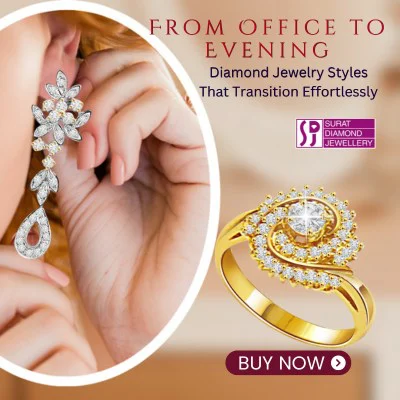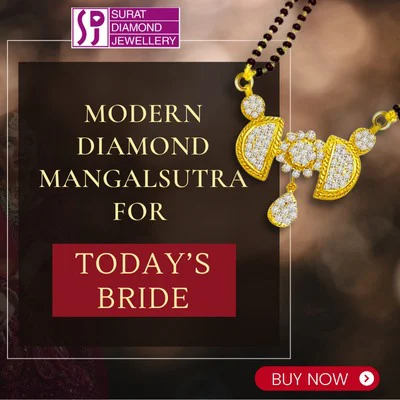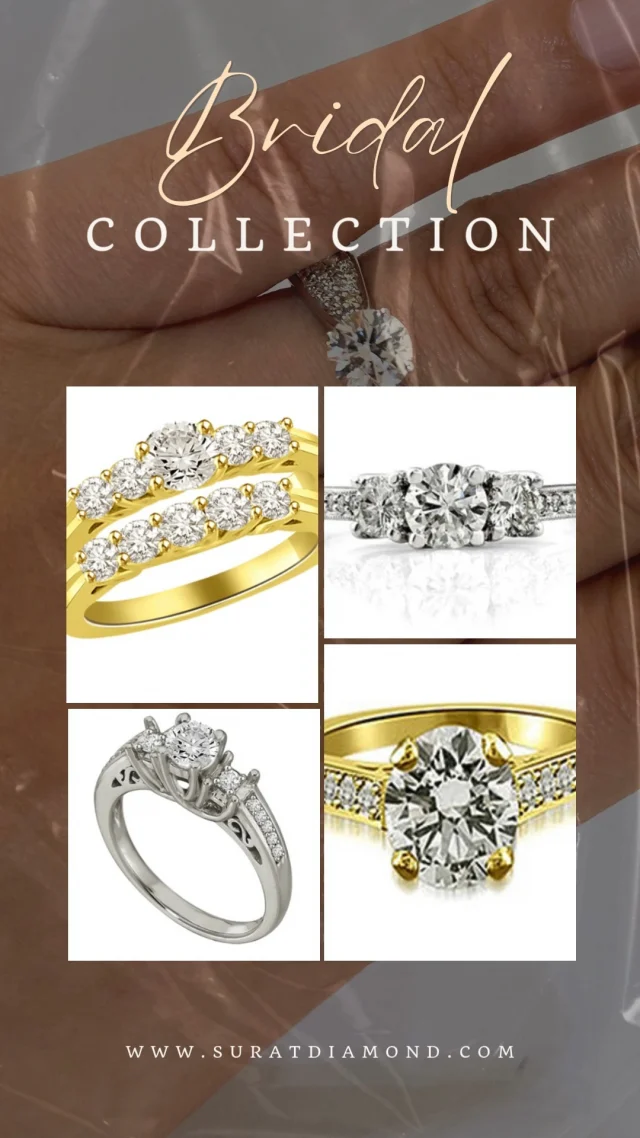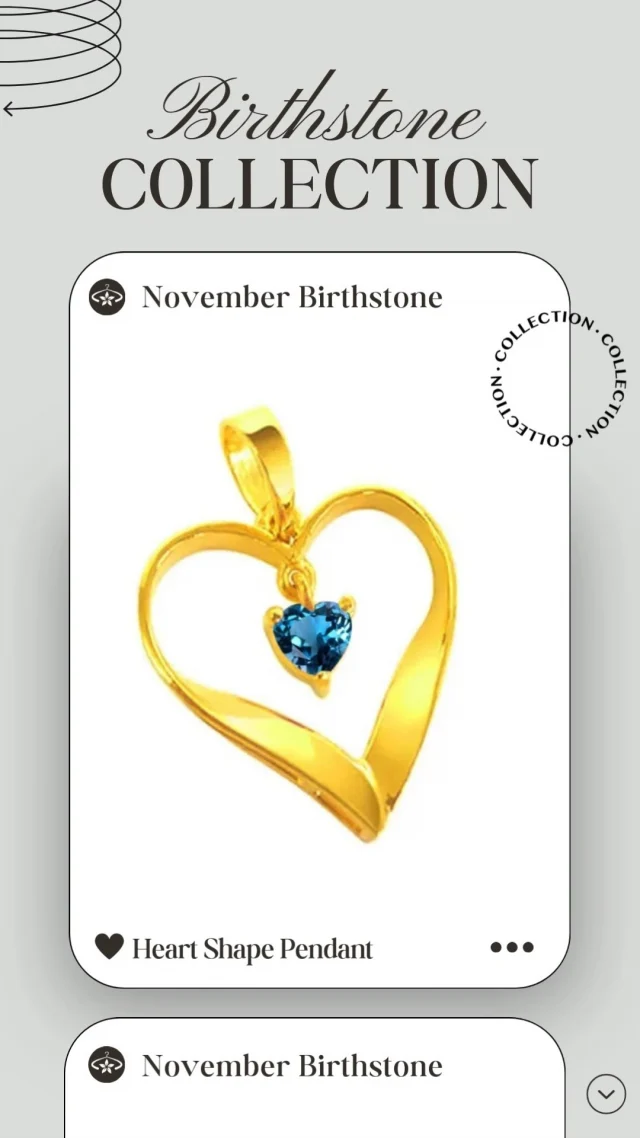The Significance of Buying Jewellery During Diwali
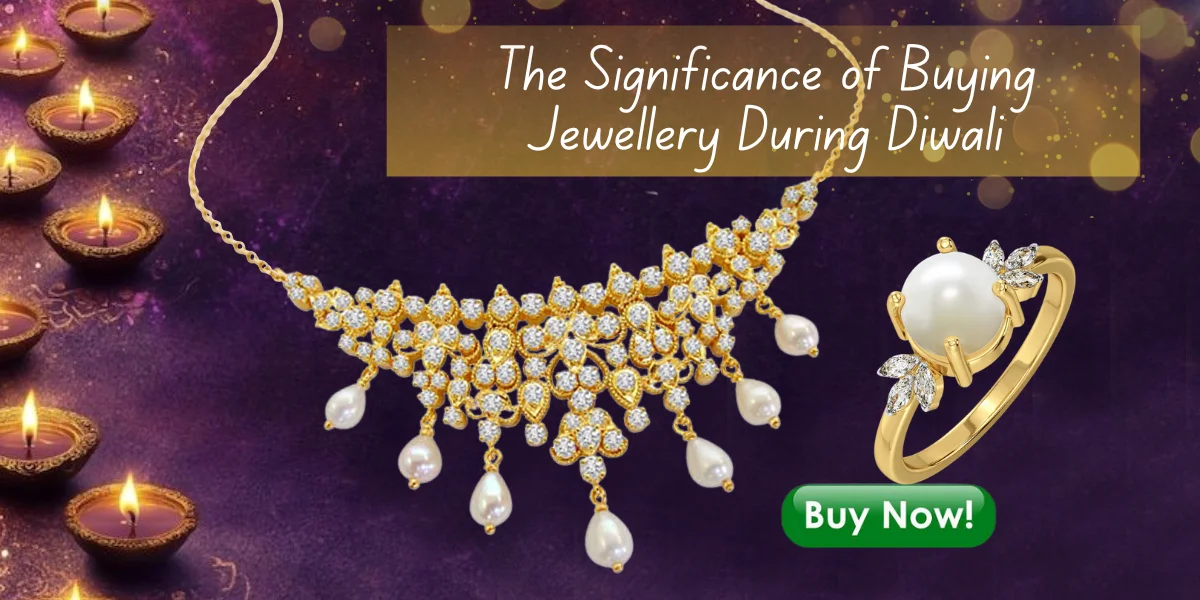
Diwali and the Eternal Shine of Jewellery
Diwali, the festival of lights, is more than just an occasion of diyas, sweets, and celebrations. It is a time when Indian households brim with joy, devotion, and the anticipation of prosperity. Among the many traditions associated with Diwali, buying jewellery during Diwali holds a very special place. From grand diamond necklaces to delicate gold bangles, jewellery shopping during this festival is seen as both a cultural necessity and an auspicious act that invites blessings of wealth and happiness into the home.
This is why Diwali jewellery significance has transcended centuries—it isn’t merely about ornaments but about traditions, values, and emotions that bind families together. In today’s times, whether it is Dhanteras jewellery shopping, buying gold, or choosing timeless diamond jewellery, this practice continues to be one of the most awaited rituals of the festive season.
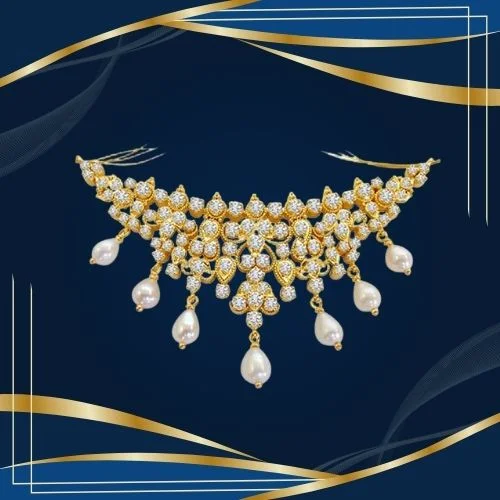
Why Buying Jewellery During Diwali is Considered Auspicious
The roots of this tradition go deep into Indian mythology and cultural beliefs. On Dhanteras, which marks the beginning of Diwali festivities, it is believed that Goddess Lakshmi—the goddess of wealth—visits every household. To welcome her, families clean their homes, light lamps, and bring home something precious, often in the form of gold, silver, or diamonds.
The act of why buy gold or diamond on Diwali is not merely material—it symbolizes attracting prosperity, stability, and abundance. When families invest in jewellery, they believe they are securing good fortune for years ahead. Over time, as diamonds gained prominence, the trend of buying diamond jewellery during Diwali emerged as a symbol of modern elegance combined with ancient wisdom.
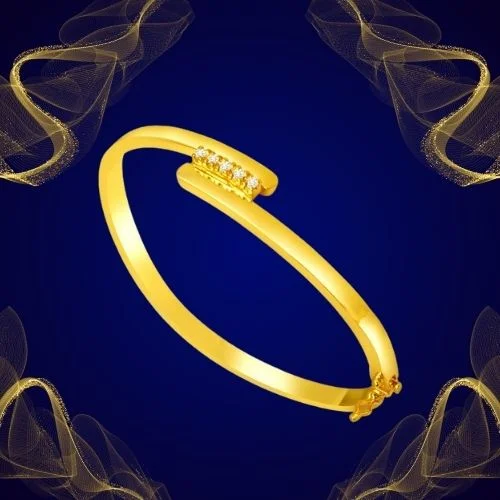
Dhanteras Jewellery Shopping: The Beginning of Prosperity
No conversation about Diwali jewellery traditions is complete without mentioning Dhanteras. On this day, markets across India dazzle with endless varieties of ornaments, from traditional Maharashtrian naths to contemporary diamond rings. Families queue up to purchase at least one item, no matter how small—a coin, a ring, or a pendant—because it is believed that whatever is bought on Dhanteras grows manifold in blessings.
In Indian households, elders narrate stories of how their parents and grandparents never missed buying a gold coin or bangle on this day, reinforcing the cycle of prosperity. Modern brides and grooms continue this legacy by choosing pieces that combine tradition with design, like a diamond ring in gold settings, or a simple diamond necklace for women that blends well with festive and everyday attire.
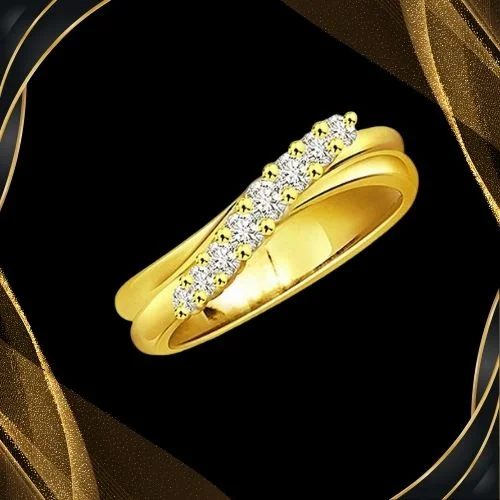
Gold vs Diamond: The Eternal Debate During Diwali
Every Diwali, as lamps illuminate homes and families gather, one conversation sparks more passion than even the festive firecrackers—what to buy this year: gold or diamonds? Around dining tables and in jewellery showrooms, this question echoes with equal parts tradition and aspiration. Both gold and diamond carry a unique aura, each offering a promise that goes beyond ornamentation.
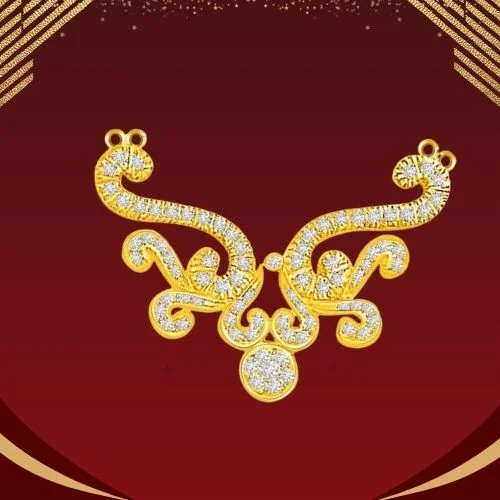
Gold Jewellery During Diwali: A Timeless Emblem of Purity and Prosperity
For centuries, gold jewellery during Diwali has been viewed as a sacred choice. Gold is not merely metal—it is “Lakshmi incarnate,” representing the goddess herself. Owning gold on Diwali is believed to invite divine blessings and safeguard a family’s wealth. In villages and cities alike, elders still recall stories of how even a single gold coin bought on Dhanteras was considered enough to secure a household’s prosperity.
Gold has also stood the test of time as a “safe investment.” Families have relied on it during crises, weddings, and auspicious rituals. Its liquid value makes it the default choice for many, especially those who hold on to the belief that gold’s shine is eternal and unyielding, much like the traditions of India itself.
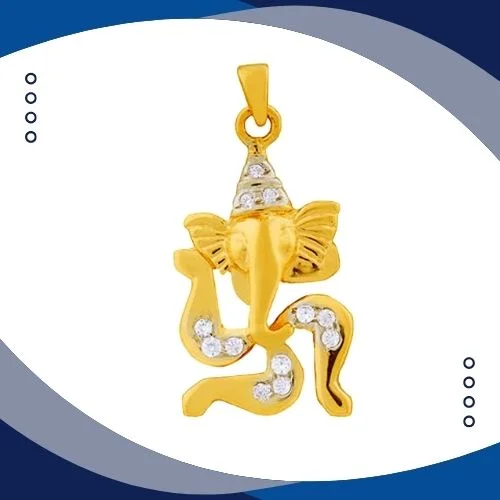
Diamond Jewellery During Diwali: A Reflection of Modern Elegance
In contrast, diamond jewellery during Diwali represents an evolution of thought—a shift from tradition to individuality. Diamonds are not just possessions; they are personal statements. Where gold is collective and symbolic, diamonds are intimate, chosen to reflect personality, style, and aspiration.
Diamonds speak of modernity, luxury, and confidence. A sparkling diamond ring, a diamond pendant, or sleek solitaire earrings are no longer reserved for bridal trousseaus—they have become everyday treasures that empower women to celebrate themselves. In a way, diamonds are the new language of Diwali—they shine not just for wealth, but for self-expression.
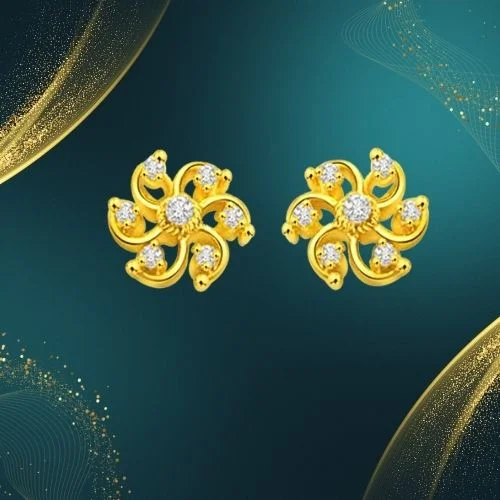
Balancing Legacy and Modernity: The Best of Both Worlds
For families caught between honouring traditions and embracing modern lifestyles, the answer often lies in blending the two. Gold-based designs accented with diamonds embody this perfect harmony. Imagine a gold choker adorned with diamond clusters, or bangles where traditional motifs are highlighted with brilliant cuts—such jewellery carries the weight of legacy while sparkling with contemporary elegance.
This fusion isn’t just about design—it’s symbolic. It represents families that stay rooted in tradition yet reach for the future. Just as Diwali itself is about light driving out darkness, combining gold and diamonds mirrors the balance between heritage and aspiration.
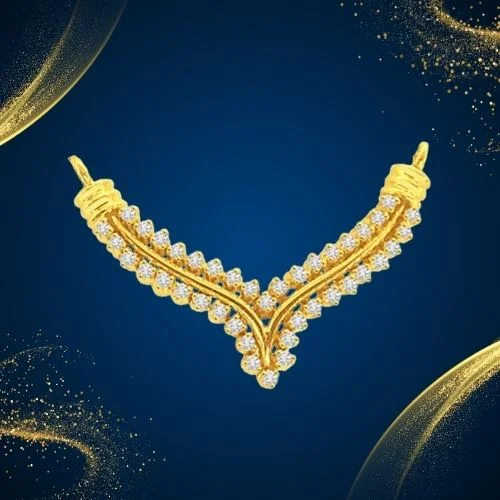
Stories That Reflect This Debate
History too adds depth to this conversation. In the Maratha courts, queens often wore heavy gold jewellery as a mark of divine favour, while the Mughal empresses introduced diamonds into festive adornments, setting new trends. Fast forward to today, Bollywood brides like Deepika Padukone or Anushka Sharma flaunt jewellery that seamlessly blends the richness of gold with the sparkle of diamonds, proving that the debate is no longer about choosing one over the other but about celebrating both together.
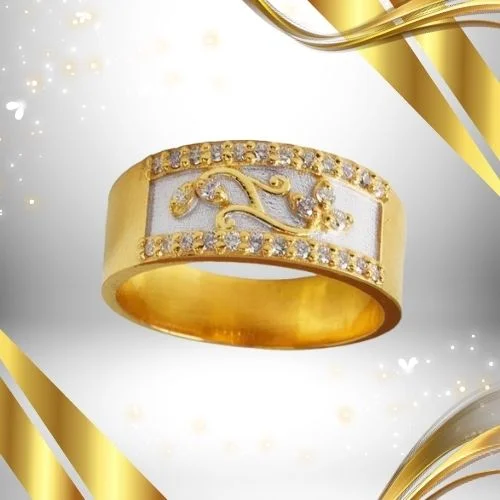
Historical Significance of Jewellery During Indian Festivals
To truly grasp the significance of buying jewellery during Diwali, we must step back into history, where ornaments were far more than accessories—they were emblems of prosperity, power, and divine blessings.
The Royal Courts of Ancient India
In the royal courts of India, jewellery defined hierarchy and devotion. Kings and queens commissioned elaborate gold coins, bangles, and necklaces during festive seasons. These were not merely for adornment but offered as sacred donations to temples in honour of gods and goddesses. Gold was seen as the earthly embodiment of Goddess Lakshmi, and presenting jewellery during Diwali was both a gesture of gratitude and a prayer for continued prosperity.
From the Mauryan dynasty to the Guptas, temple jewellery crafted in pure gold became a cultural norm, later influencing the festive buying rituals we see today. Families believed that purchasing and offering jewellery on auspicious days secured both spiritual merit and financial stability.
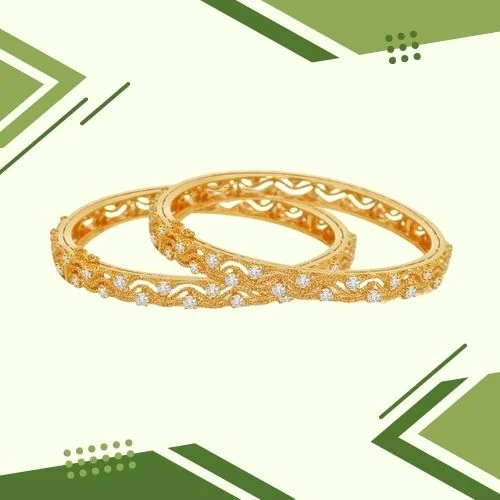
The Mughal Era: The Rise of Diamonds
The Mughals transformed India into a global hub of gems. During Diwali and other festivals, emperors imported rare stones and their ateliers perfected techniques like kundan, jadau, and meenakari. Diamonds, sourced from the famed Golconda mines, became central to festival adornments. The Mughal passion for artistry influenced entire generations—festive jewellery became not just a tradition but a celebration of India’s unrivalled craftsmanship.
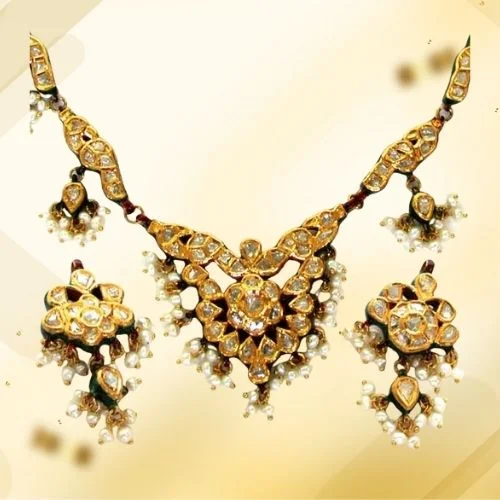
Rajput & Maratha Influence: Heritage in Gold
While the Mughals championed diamonds, the Rajput rulers of Rajasthan and Maratha Peshwas of Maharashtra preserved gold as their sacred festive medium. Rajput queens would wear towering Rani Haars layered with gemstones during Diwali court gatherings. The Maratha brides adorned themselves with naths, bangles, and crescent-shaped ornaments, ensuring jewellery carried cultural symbolism alongside beauty.
These traditions were not just ornamental but deeply tied to identity. Gold bangles represented continuity of family lineage, while elaborate diamond-studded adornments reflected power and prestige.
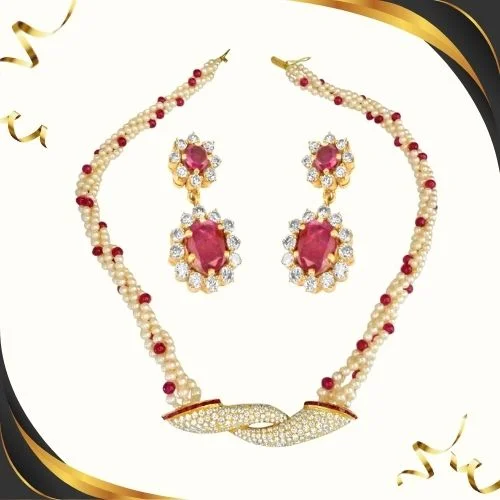
The Nizams & Southern Dynasties: Grandeur Beyond Compare
The Nizams of Hyderabad, known as the custodians of the world’s largest diamond collection, celebrated Diwali with unparalleled splendour. Their households blended tradition with innovation, combining gold settings with the sparkle of Golconda diamonds. Meanwhile, in Southern India, dynasties like the Cholas and Vijayanagar kings fostered temple jewellery traditions that continue to influence festive purchases even today. Gold waistbands, diamond-studded earrings, and elaborate anklets were believed to protect and bless devotees.
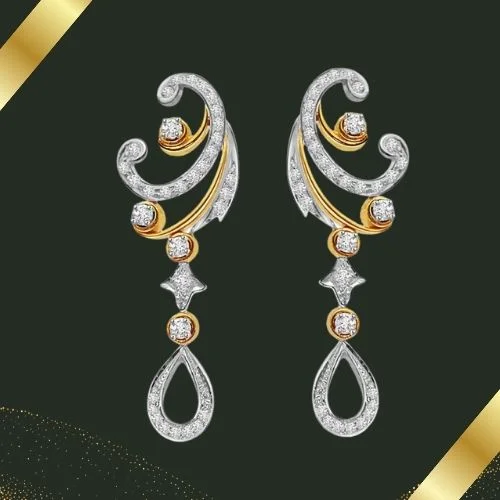
Colonial & Modern India: Jewellery as a Festival Essential
During the colonial period, jewellery became a marker of resilience. Families clung to festive purchases as a way to preserve heritage even under economic pressures. By the mid-20th century, Diwali jewellery buying had become so deeply ingrained that no festival felt complete without it. Advertisements and jewellers’ campaigns reinforced what history had already taught: jewellery is not just bought—it is blessed, cherished, and handed down as legacy.
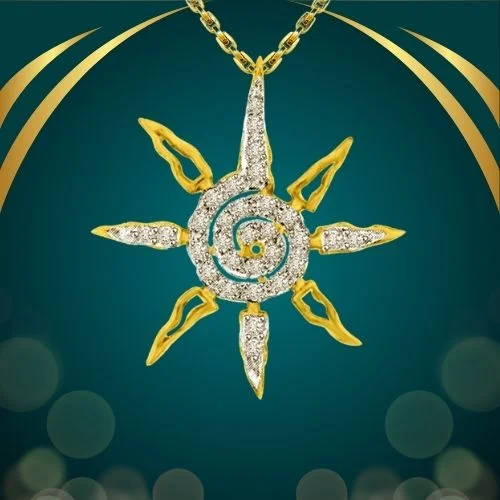
A Tradition That Lives On
These stories across dynasties and regions explain why modern Indians instinctively associate jewellery shopping with Diwali. When families step into showrooms or browse collections online, they are unknowingly echoing centuries of tradition—where buying jewellery during Diwali wasn’t only about beauty, but about inviting wealth, blessings, and continuity of culture.
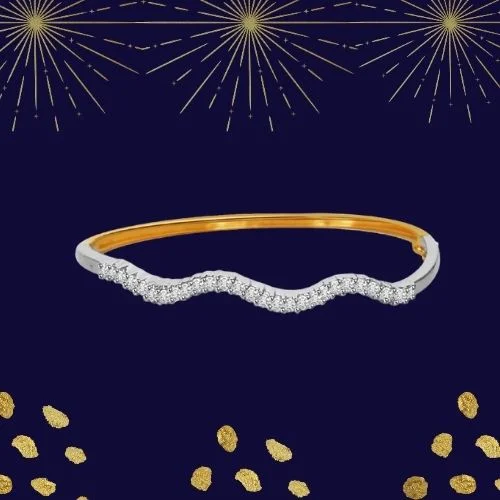
Popular Jewellery Choices During Diwali
- Diamond Rings
Diamond rings are among the most sought-after purchases during Diwali. For many, it marks new beginnings—whether it is an engagement, anniversary, or simply a family’s first investment in diamonds. Modern minimalistic rings with solitaires or halo designs appeal to the younger generation, while elders may prefer traditional yellow gold settings.
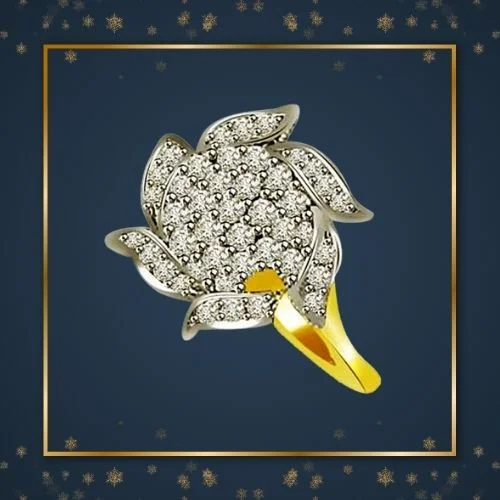
- Necklaces and Pendants
A diamond necklace or pendant often becomes the showstopper at Diwali parties. From heavy chokers perfect for festive sarees to sleek solitaires that can be worn to work, these pieces hold emotional and practical value. Brides-to-be, especially, find Diwali an auspicious time to add such pieces to their trousseau.
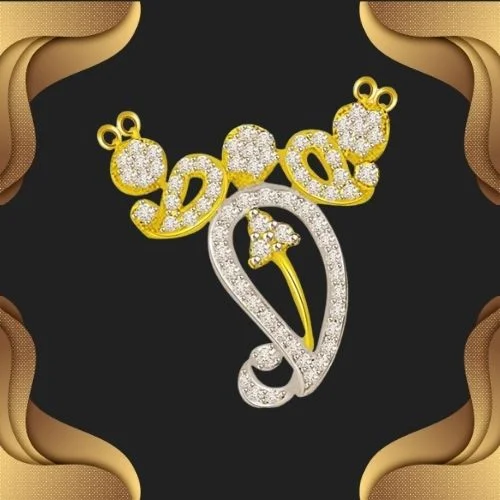
- Bangles and Bracelets
In Indian culture, bangles are symbolic of prosperity and marital happiness. Diamond-studded bangles or tennis bracelets have become Diwali favourites, blending the significance of tradition with global fashion trends.
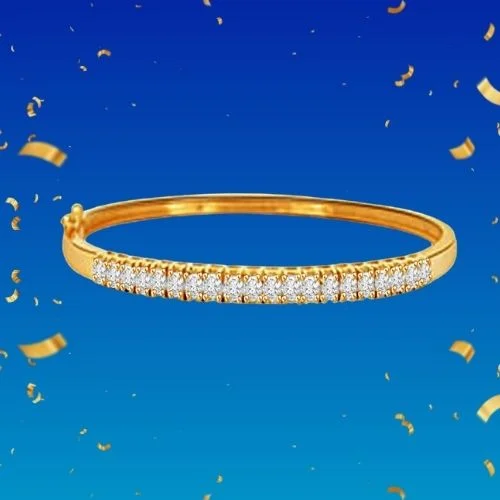
- Earrings
From timeless diamond studs to grand chandeliers, earrings are a versatile Diwali purchase. Families often buy matching earring sets for mothers and daughters, creating a shared memory that lasts beyond the festival.
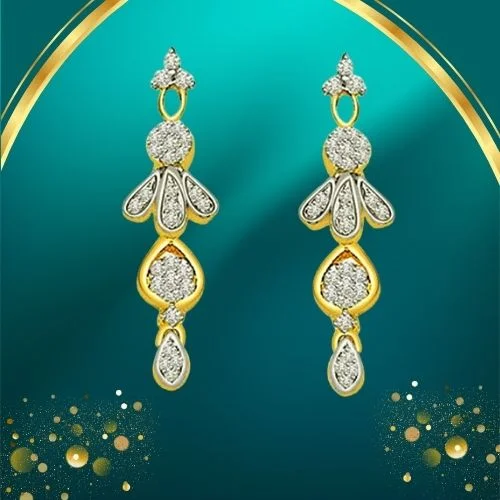
Jewellery as a Symbol of Gifting and Togetherness
Diwali is not just the festival of lights; it is the festival of relationships—of rekindling bonds, celebrating love, and creating memories that transcend time. Among the countless gifts exchanged during this season, jewellery holds a place like no other. It is not simply a material possession but a token of blessings, continuity, and affection.
For generations, families across India have believed that gifting jewellery during Diwali carries auspicious meaning. A father presenting his daughter with a bridal diamond nose ring during the festive season isn’t merely offering her a piece of adornment; he is giving her a fragment of his heart, a reminder of his blessings that she carries into her new life. Similarly, a husband surprising his wife with a modern diamond jewellery design is not just adding sparkle to her trousseau but reinforcing the vow of love and companionship that Diwali so beautifully symbolizes.
The act of gifting jewellery becomes an heirloom of emotions, passed down from one generation to the next. A grandmother’s diamond bangle, once gifted to her during Diwali, becomes the most treasured possession of her granddaughter decades later. These stories are lived every year, in millions of households, turning jewellery into a bridge between past and present.
Even in today’s globalised world, this tradition has not faded—it has only evolved. Celebrities in India and abroad echo the same sentiment. Priyanka Chopra proudly flaunted her diamond mangalsutra, merging tradition with contemporary style, inspiring brides everywhere to embrace jewellery as both sacred and stylish. International icons too have begun showcasing Diwali-inspired jewellery, recognising the deep emotional resonance it carries. Whether it is a red-carpet diamond pendant or a festive campaign celebrating Indian heritage, the message is universal: jewellery gifted during Diwali is not just adornment—it is emotion crystallised.
The sparkle of a diamond ring or the elegance of a simple gold chain becomes more than luxury during Diwali; it becomes a language of love, gratitude, and togetherness. In gifting jewellery, we do not just give a piece of metal or stone—we give a story, a memory, and a symbol of relationships that glow brighter than any lamp lit during the festival.
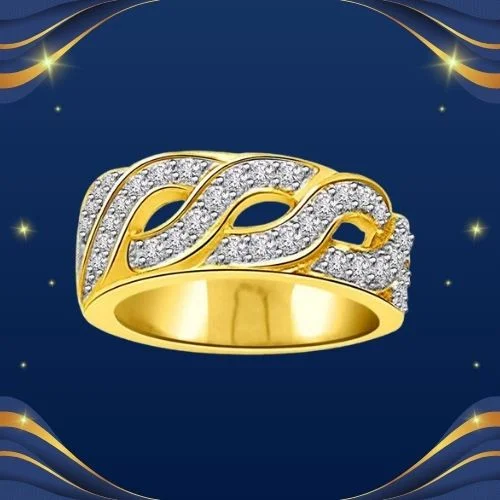
How to Shop Jewellery Smartly During Diwali
While the tradition is emotional, buyers today also approach Dhanteras jewellery shopping with practicality. Here are some tips:
- Set a budget – Whether looking for budget diamond jewellery or heavier pieces, plan your spend in advance.
- Research designs – From traditional polki to modern solitaires, know what fits your style.
- Check certifications – For diamonds, insist on IGI or GIA certifications to ensure authenticity.
- Think versatility – Opt for jewellery you can wear post-Diwali, like solitaire pendants or simple diamond necklaces for women.
- Shop from trusted brands – Websites like SuratDiamond.com ensure high quality and a wide range of festive designs.
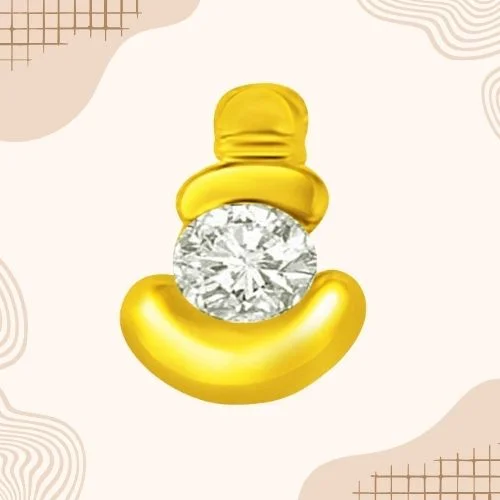
Modern Trends: Millennials and Jewellery Traditions
Interestingly, millennials and Gen Z are reshaping Diwali jewellery traditions. Unlike older generations who focused solely on investment, today’s buyers want jewellery that reflects individuality. This is why there’s a growing shift towards minimalist yet meaningful designs—think dainty diamond rings, sleek bracelets, or pendants with personal motifs.
This new wave ensures that while the emotional essence of buying jewellery during Diwali is preserved, its form adapts to modern lifestyles.
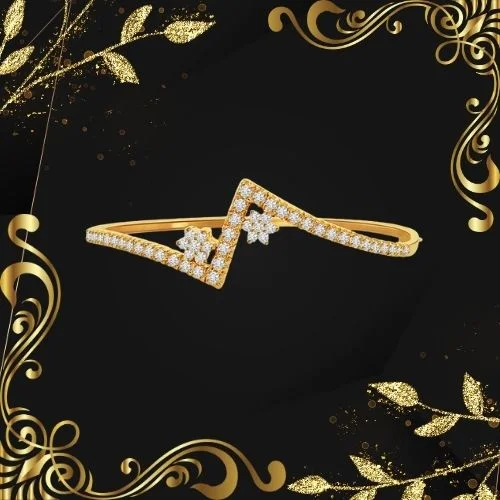
Key Takeaways
Buying jewellery during Diwali is not just a purchase—it is a ritual woven into India’s cultural, emotional, and financial fabric. From the auspiciousness of Dhanteras to the grandeur of Diwali parties, jewellery marks every moment with meaning. While gold continues to represent purity and security, diamonds have carved a niche as symbols of elegance, individuality, and luxury.
Whether it is Diwali jewellery significance, why buy gold or diamond on Diwali, or Dhanteras jewellery shopping, this tradition stands strong because it carries forward both prosperity and personal connection. And as modern designs meet age-old customs, platforms like SuratDiamond.com empower families to celebrate Diwali not just with lights, but with jewels that shine for generations.
FAQs
1.Why is buying jewellery during Diwali considered auspicious?
Buying jewellery during Diwali, especially on Dhanteras, is believed to attract wealth, prosperity, and blessings from Goddess Lakshmi.
2.What jewellery is most popular during Diwali?
Diamond rings, simple diamond necklaces for women, bangles, and earrings are some of the most purchased items during this season.
3.Should I buy gold or diamond during Diwali?
Both are auspicious. Gold symbolizes tradition and investment security, while diamonds signify modernity, elegance, and lasting value.
4.Is it good to shop for diamond jewellery on Dhanteras?
Yes, diamonds are increasingly popular for Dhanteras shopping as they combine investment with beauty, making them versatile beyond the festive season.
5.Where can I buy authentic Diwali jewellery online?
Trusted platforms like SuratDiamond.com offer certified, high-quality diamond and gold jewellery ideal for festive purchases.


